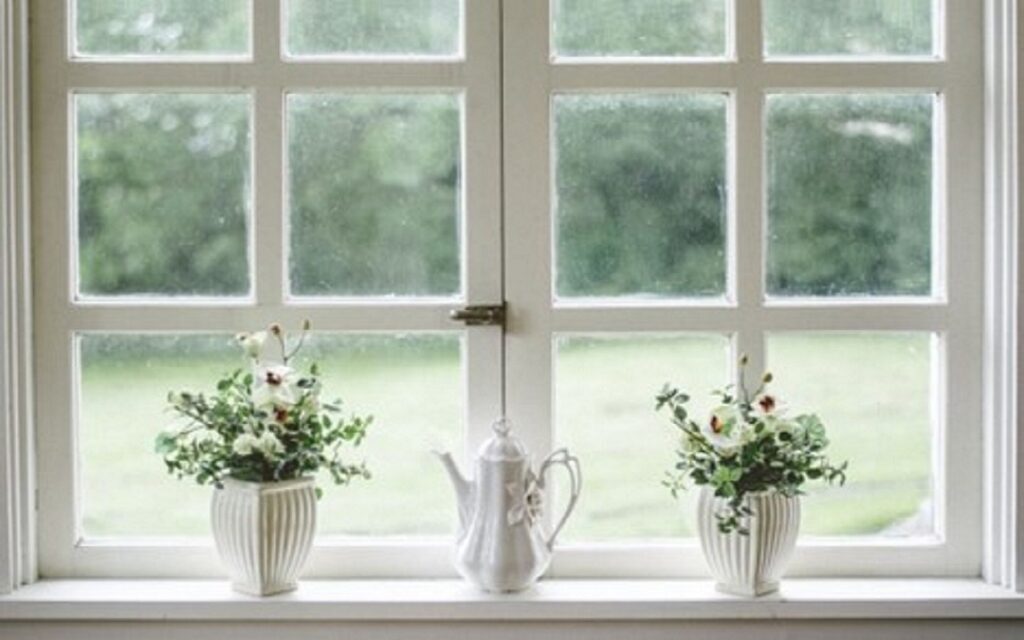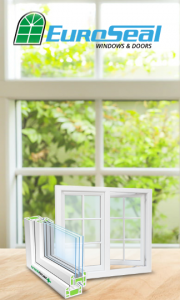CALL US: 416-650-5070
Menu
CALL US: 416-650-5070
CALL US: 416-650-5070
When buying new windows, you’re usually bombarded with all of the different ratings related to their energy efficiency. However, what do they mean and how do you know which rating is the best?
The U-factor is a rating system that refers to the rate of heat transfer from warm to cold regions. It is measured in watts per square meter Kelvin, or British thermal units per hour per square foot Fahrenheit.
The lower the U-factor, the more energy-efficient the window is.
Keep reading now to learn more about what a good U-factor is, what this means for your windows, and what other energy ratings you’re likely to see on your windows.

A U-factor determines how much heat escapes your home via your glass windows and door units. It is a key indicator of how effective your windows and doors are in preventing the loss of heat that is generated indoors.
A lower value means that a window is better at preventing heat loss and is, therefore, a better U-factor. For colder climates, windows with a U-factor between 0.20–0.40 effectively boost a home’s energy efficiency.
For an energy-efficient window, look for windows with low U-factors.
Along with U-factors, you’ll also see many other energy performance ratings on your windows. We’ve gathered information on the most common ones you’ll see below.
The Solar Heat Gain Co-Efficient (SHGC) shows the amount of the sun’s heat that can pass through the window. A higher number indicates that more sunlight can pass through it.
People with homes in colder climates benefit from windows with a higher SHGC value, whereas people with homes in warmer temperatures should look for products with lower SHGC values.
The Energy Rating of a product demonstrates the balance between three values; the U-factor, the SHGC and the air leakage. A higher value means that you’ve got a more energy-efficient window.
The R-Value is indicative of the product’s resistance to heat transfer. It is measured in square feet per hour in Fahrenheit per British thermal unit. A higher R-Value means that the product is more energy efficient.
The R-Value is not usually included in Energy Performance Standards but is likely to be mentioned by sales advisors and contractors.
Visible Transmittance is a measure of the amount of visible light that can pass through a product. The higher the value, the more visible light can pass through it.
The Centre-Of-Glass Rating of a product is a value that refers only to the glass portion of the product. It measures the energy efficiency of products like windows, glass doors, and skylights.
Are you looking for energy-efficient window products in the GTA? Euroseal Windows and Doors is proud to carry a variety of energy-efficient products along with providing installation services. Get in touch with us today to find out more!

© 2025 Euroseal Window Industries Ltd. All Rights Reserved.
Read more